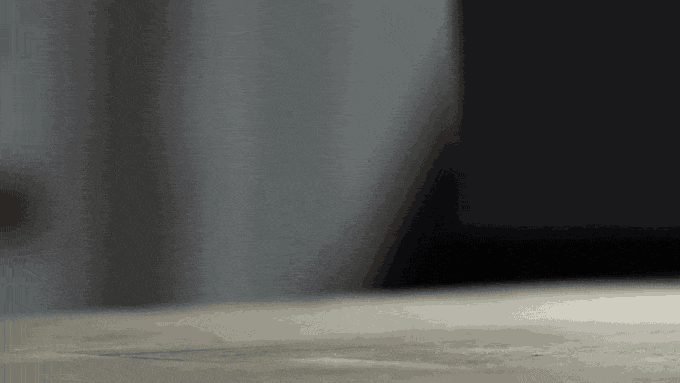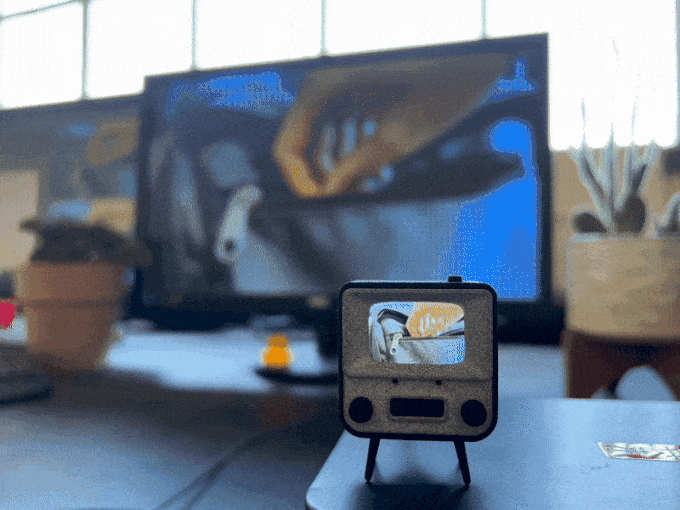
TinyCircuits are no strangers to crowdfunding, with successful campaigns going back as far as 2015’s TinyDuino, and as recent as last year’s keychain-sized console Thumby. They have even offered a tiny TV before, so what makes their latest Kickstarter campaign unique? We went hands-on with a pre-production prototype to find out!

The original Tiny TV was a kit, which evolved from TinyCircuits customer Yashusi Enari’s 3D-printed MAME-TV televisions, developed around the TinyScreen+ Arduino-compatible OLED display. For $75 you got a battery-powered “TV” that plays videos from a MicroSD card, plus a remote in case you don’t feel like getting up to change “channels”…or…picking the TV up to change channels?

TinyTV 2 brings a new higher-resolution 135×240 IPS TFT display, vs. 96×64 in the original, a USB-C connection rather than microSD, and best of all, is preassembled in a delightfully retro case, vs. the plain white enclosure of the original kit. Backers pledging at the $49 level get the fully assembled TV 2, and can add an infrared remote for $10 more, allowing them to bypass the channel and volume knobs on the front of the unit.

Given their successful fulfillment of prior campaigns such as Thumby and Tiny Arcade, and that this project relies heavily on existing products and technologies, the chances of successful delivery seem high, pending any challenges from still-ongoing parts shortages. While the TinyTV 2 may seem like a relatively simple collection of existing pieces, its sum is far greater, resulting in a delightfully whimsical desk item, or using their special software, a hilariously impractical yet overwhelmingly adorable external display.
ADVERTISEMENT





